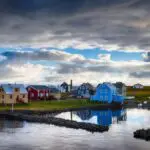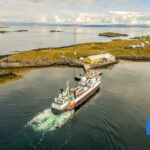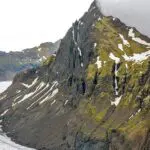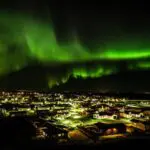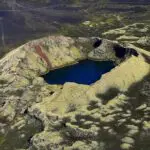Icelanders are very proud of the Icelandic Sagas, mainly because we can still read them without translation. Written in the 12th and 13th centuries, primarily by unknown writers, but some scholars believe Snorri Sturluson wrote Egils saga.
For recommendations of other Icelandic books, check out our Recommended Reads from Iceland blog post.
The Icelandic sagas focus on history, primarily genealogical and family history. That doesn’t sound like much, but you get something fascinating when you add love triangles, blood feuds, cursed weapons, foreshadowing, etc. The sagas reflect the struggles and conflicts in Iceland’s early years. They give a rare insight into how life was in pre-Christian Scandinavia.
Icelandic children usually read two to three sagas in school. The sagas are a great introduction to life in the Icelandic and Scandinavian middle-ages. Those three sagas are: Laxdæla saga, Gísla saga and Njáls saga.
Laxdæla saga
Laxdæla was on our list of recommended reads from Iceland. Sometimes called The Saga of the People of Laxárdalur in English, the tragic story follows several generations of Icelandic warrior families descendent from Ketill Flatnose. His descendants settled in Breiðafjörður in West Iceland in the late 9th century, and the story ends in the 11th.
Two of the Icelandic sagas most famous women are in Laxdæla; Guðrún Ósvifursdóttir and Aud the Deep-Minded Ketilsdóttir. Guðrún also says one of the most famous lines in any of the sagas: “Þeim var ég verst er ég unni mest” – I was worst to those I loved the most.
There’s graffiti artwork on Laugavegur 66 which includes this quote – we recommend checking it out.
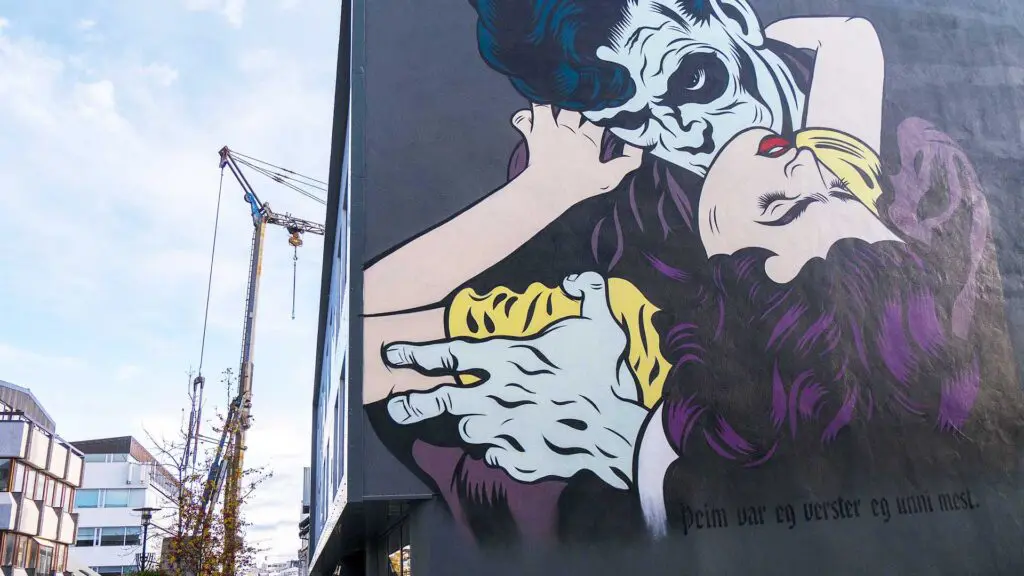
The love triangle between Guðrún, Kjartan Ólafsson and Bolli Þorleiksson is a particular focus in the saga.
However, Laxdæla begins in Norway in the late 9th century when Ketill Flatnose and his family flee to Ireland to escape the tyranny of Harald Hairfair. After a series of all kinds of unfortunate events, Ketill is killed, as well as Aud’s husband Olaf the White. She goes with her son Þorsteinn and fellow kinsmen to Scotland from Dublin, where Þorsteinn becomes a great warrior king. After a few years, however, he is killed as well, and Aud flees to Iceland with 20 men and a few imprisoned men from Viking raids near and around the British Isles. When in Iceland, she gave them their freedom.
Guðrún Ósvífursdóttir
Guðrún Ósvífursdóttir is introduced as the most beautiful woman ever to have grown up in Iceland, and no less clever than she was good-looking. After having a troubling dream, a wise kinsman interprets and says she will have four husbands; she will divorce the first one, but the other three will all die. Kjartan Ólafsson, one-third of the love triangle, is Aud’s grandson and Egil Skallagrímsson of Egil saga. Bolli Þorleiksson is Kjartan’s cousin.
The saga is one of the more popular Icelandic saga. Its popularity through the centuries can also be seen in the number of extant manuscripts. Only Njáls saga s preserved in a greater number of manuscripts.
Gísla saga
Gísla saga is set in Northwest Iceland and was written before the 13th century. It tells the story of an outlaw poet Gísli Súrrson (d. 980). The tragic tale tells the story of Gísli, who was made an outlaw after he loyally killed one of his brothers-in-law to avenge the murder of another brother-in-law. Gísli is forced to stay on the run for thirteen years before he is finally hunted down and killed. It includes a detailed description of Iceland’s nature, and it is said to have verses composed by Gísli himself.
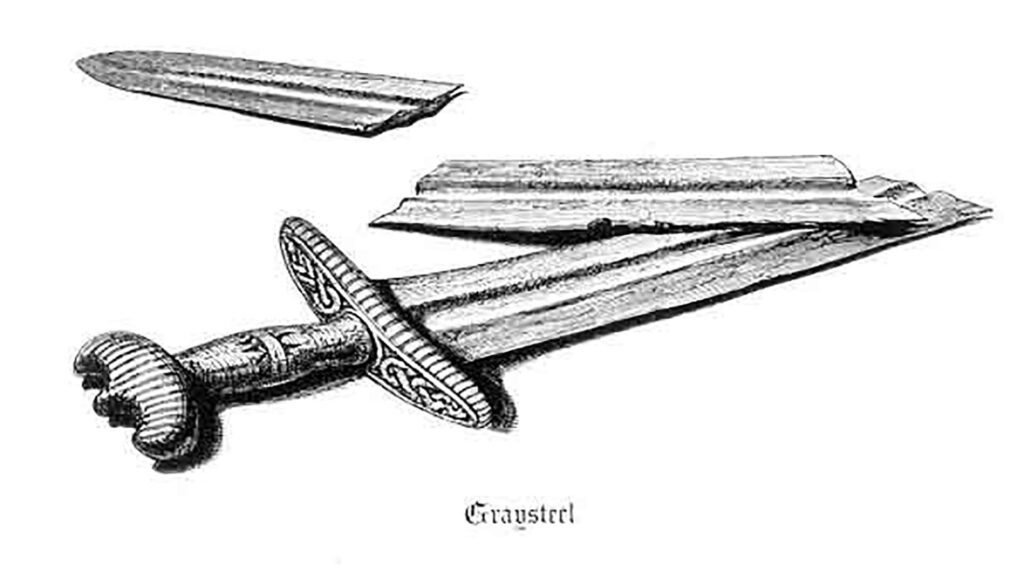
Like so many other Icelandic sagas, the story begins some years before the main event. Setting the stage, so to speak. Gísli Þorkelsson, Gísli’s uncle, avenges his elder brother Ari and defeats a berserker with a borrowed sword of assured victory named Grásíða (Grey-Steel). When the fight is over, he refuses to return the sword to his wife’s thrall Kolur. They fight, and in the end, both die and the sword breaks in two. In the longer version of the saga, the thrall lays a curse against the family on this sword. Þorkell Þorkelsson Súr, brother of Gísli and Ari, gets the estate, but he’s the father of the saga’s hero: Gísli Súrsson.
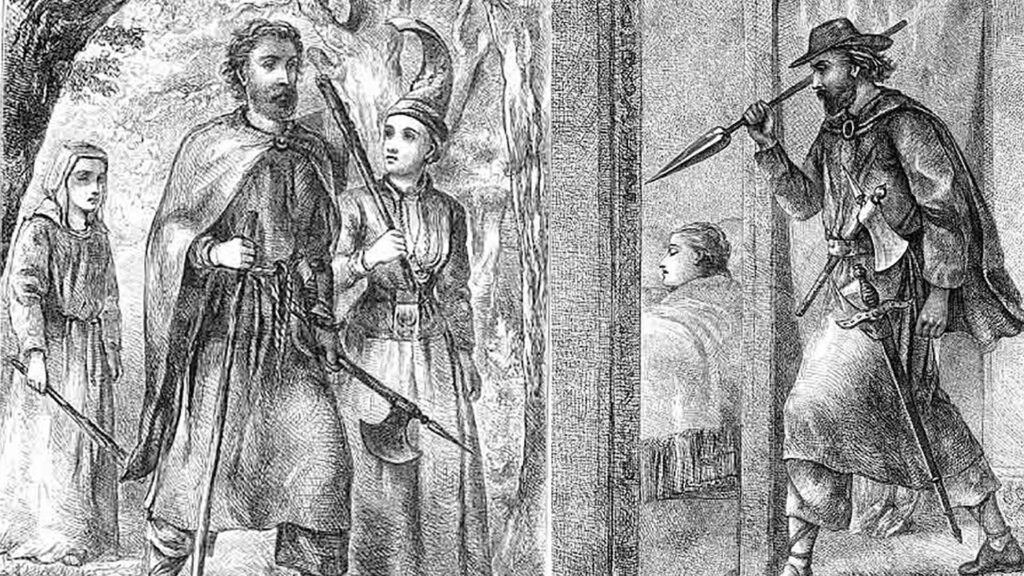
33 manuscripts and fragments of the Gísla saga exist. It is believed to have existed in oral tradition before it was recorded.
Njáls saga
The third saga we’re going to recommend was also on our Recommended reads from Iceland’s list; Njáls saga.
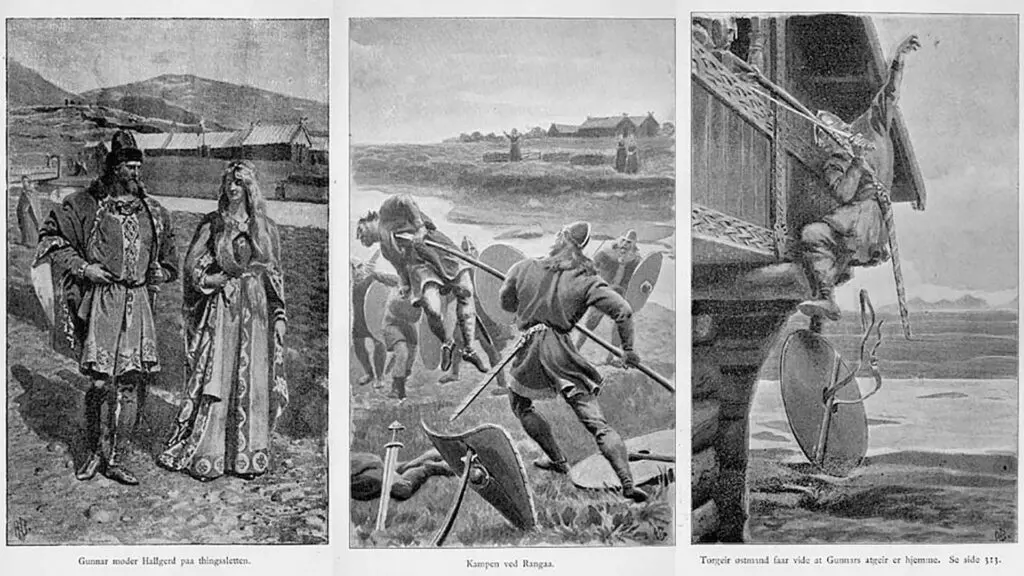
Njáls saga describes events that happened between 960 and 1020, during the time of the Icelandic Commonwealth. The Icelandic Commonwealth, also known as the Icelandic Free State, existed between the establishment of Alþingi in 930 and the signing of the Old Covenant in 1262, which gave the Norwegian king the ruling power of Iceland. It was a time of significant turbulence, and at a time, there was, in essence, a civil war raging in Iceland. In 1300, blood feuds were finally banned.
The red thread of the saga is how Icelanders dealt with blood feuds at that time, showing how the requirement of honour could see minor slights spiral into destructive and prolonged bloodshed. Restrictive ideals of masculinity and the presence of omens and prophetic dreams are both important narratives.
The book’s main characters are Njáll Þorgeirsson, farmer, chieftain and jurist, and Gunnar Hámundarson, brave, unpretentious and generous but a formidable warrior. Both are men of peace, but due to a society where blood ties impose certain obligations, their goodwill will not save them from their fate. Gunnar’s wife, Hallgerður Höskuldsóttir, is beautiful but capricious and unforgiving.
The saga is everything from funny to serious and sinister.
A now for something a little bit different.
Maybe you’re not into reading a whole book about a feuding Icelandic family in the 11th century. Then we have got the book for you! The Sagas and shit – Icelandic literature crudely abridged retells the most famous and weirdest sagas in the most vulgar way, filled with slang and pop culture. The book is only 160 pages, which is under half of the pages Njáls saga is.
If you are on the other side of the spectrum. In that case, you really like the Icelandic sagas and want to read more. The Sagas of the Icelanders (Penguin classics deluxe edition) is the book for you. This book will keep you occupied for some time, filled with 11 sagas and 6 tales and 782 pages long.
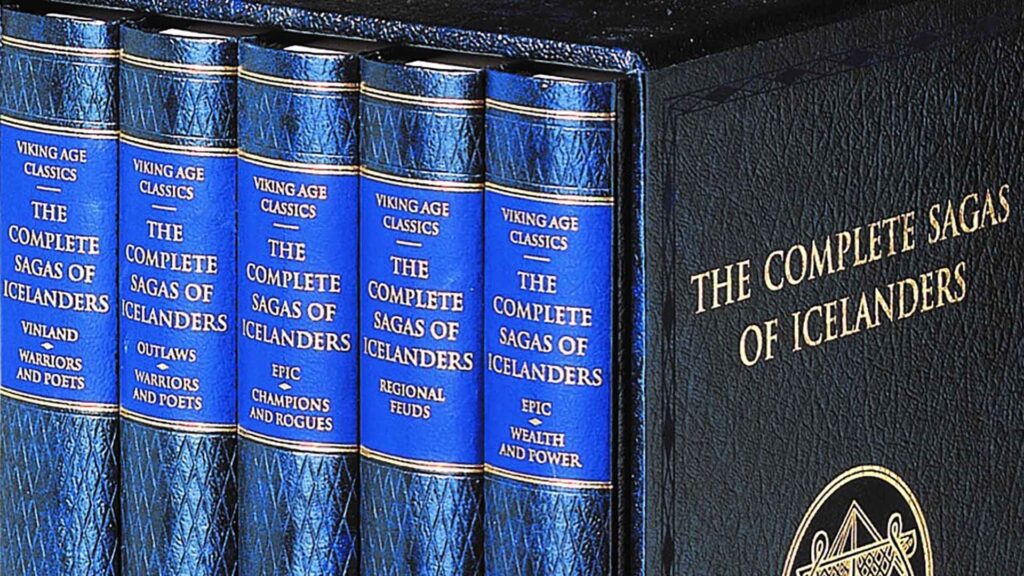
If you are – or have become – a massive fan of the Icelandic sagas and want all of them bound in beautiful hardcover books. In that case, the Complete Sagas of Icelanders is the collection for you. It is, of course, much pricier than the other books on this list (and heavier to transport). The Saga collection is in five books. The first book includes Vinland and Warriors and Poets; book two has outlaws and warriors and poets. The third book has epic stories, champions, and rogues; the fourth includes regional feuds. The last has more epic stories and wealth and power.
And there you have it. You’re spoilt for choice. There are about 40 Icelandic Sagas and are just one of six categories of ancient Scandinavian sagas. The others include Kings’ Sagas, Contemporary Sagas, Legendary Sagas, Chivalric Sagas and Saints’ and bishops’ sagas. So, when you have finished the Icelandic sagas, you can start on the next category!
Please signup HERE for our newsletter for more fun facts and information about Iceland!

